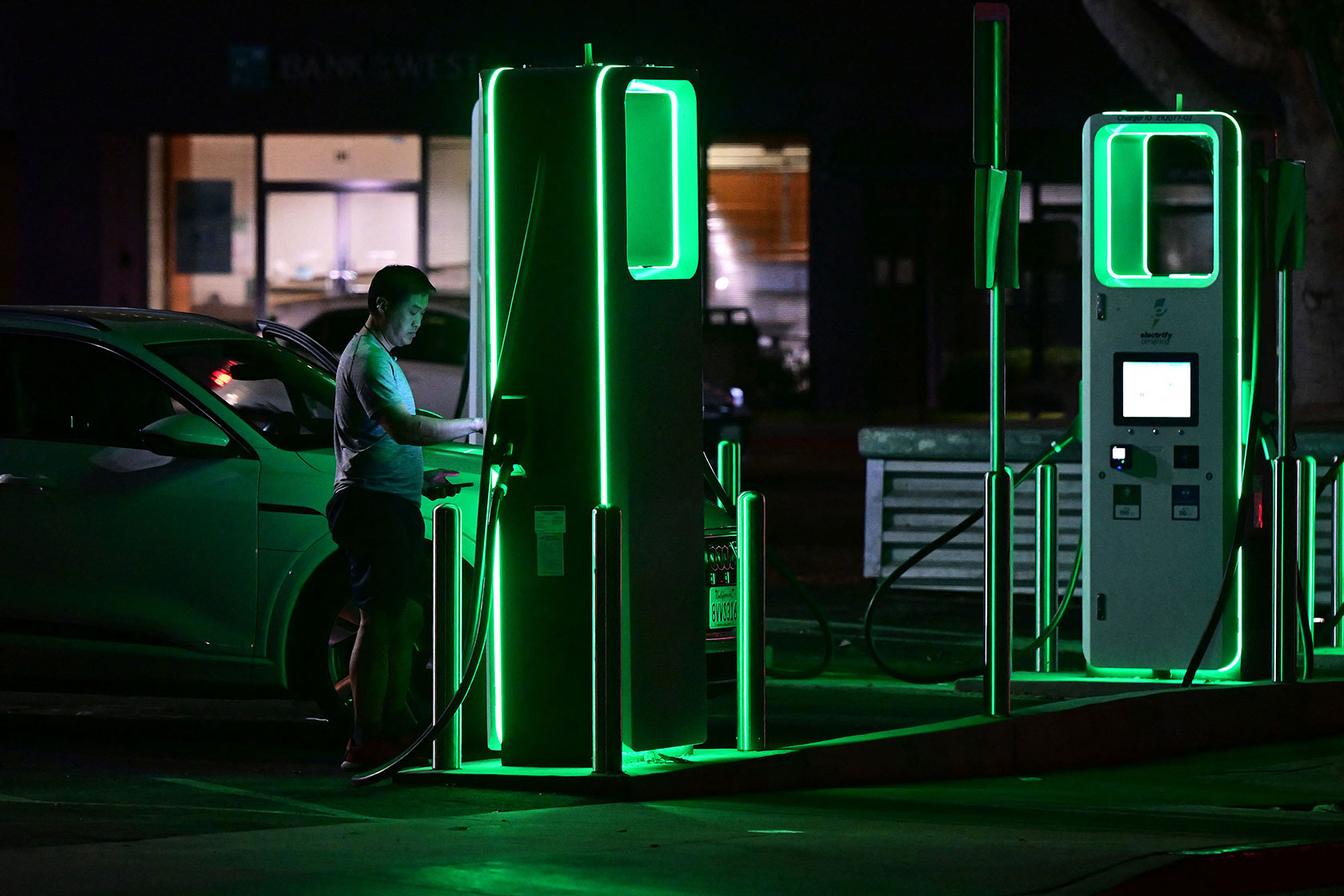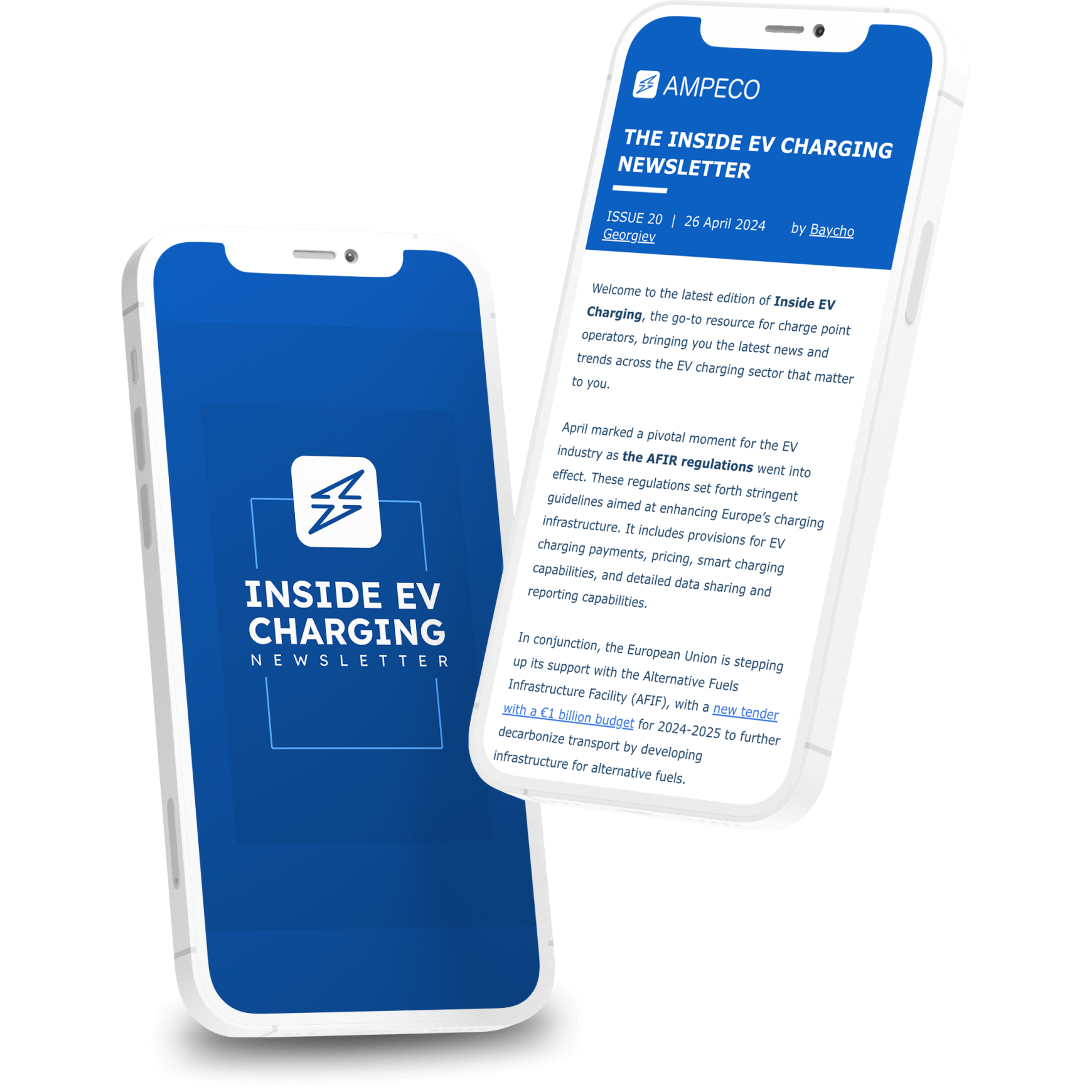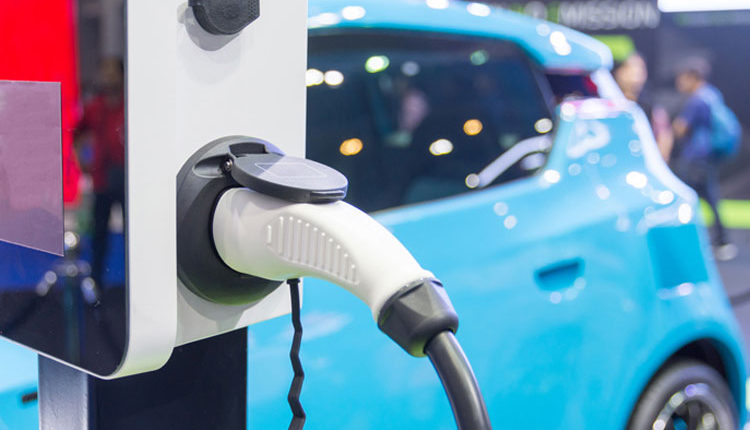The Most Reliable Sources to Buy EV Charging news and Stay Informed
The Most Reliable Sources to Buy EV Charging news and Stay Informed
Blog Article
New Dope in EV Charging: Exactly How the Sector Is Progressing to Meet Demand
As the electrical car (EV) market proceeds to broaden, the charging facilities is undergoing substantial makeovers to resolve the rising demand. The ramifications of these innovations increase important inquiries regarding the future of EV charging and its function in the more comprehensive power community.
Growth of Charging Facilities
The rapid growth of electric vehicle (EV) billing infrastructure is a vital component in assisting in the extensive adoption of electrical wheelchair. As governments, personal firms, and consumers progressively acknowledge the significance of decreasing carbon discharges, investments accountable networks have surged. This infrastructure growth is vital to ease array stress and anxiety, ensuring that EV customers have hassle-free accessibility to charging terminals.
Significant developments accountable terminal innovation and deployment techniques have arised. Urban locations are seeing a spreading of public billing stations, while rural regions are gradually being integrated right into the billing network. Furthermore, collaborations between automotive producers and billing suppliers are becoming a lot more typical, helping with the facility of thorough networks that enhance user experience and availability.
Additionally, the integration of sustainable power resources right into billing terminals is gaining momentum, promoting sustainability in the EV environment. This shift not only sustains environmental objectives however also lines up with the rising demand for environment-friendly energy remedies among customers.
Ultra-Fast Charging Technologies
Ultra-fast billing innovations stand for a substantial jump ahead in the EV billing landscape, allowing electrical cars to reenergize in a portion of the time compared to typical charging methods. These developments commonly provide power degrees exceeding 150 kW, with some systems reaching up to 350 kW or even more, substantially minimizing charging times to just 15-30 mins for a considerable charge.
Key enabling innovations include developments in battery chemistry, power electronic devices, and thermal management systems. For circumstances, high-capacity batteries with boosted thermal stability enable for faster billing without overheating. Furthermore, advancements accountable infrastructure, such as liquid-cooled cable televisions and modular billing terminals, promote reliable power transfer, boosting the total customer experience
Major auto manufacturers and modern technology companies are actively buying ultra-fast billing networks, recognizing the essential role they play in overcoming range stress and anxiety and speeding up the fostering of electric vehicles. As these innovations become a lot more extensively offered, the EV market is expected to witness substantial growth, making electric wheelchair a much more attractive choice for customers. Overall, ultra-fast charging modern technologies are pivotal fit the future of sustainable transportation, leading the means for a more extensive and effective charging environment.
Smart Grid Integration

Through need action techniques, clever grid systems can adjust charging timetables based upon grid conditions and power prices. For example, during durations of high demand, billing can be postponed to off-peak hours, leading to lower expenses for consumers and decreased strain on the grid. In addition, vehicle-to-grid (V2G) technologies enable EVs to release power back into the grid, offering ancillary services and enhancing grid stability.
Integration with renewable resource resources further enhances the sustainability of EV billing. By straightening charging tasks with durations of high solar or wind generation, wise grids advertise a greener charging framework. Inevitably, smart grid assimilation not just supports the growing demand for EVs but additionally adds to a more sustainable and resilient power future, placing the market for lasting success.
Battery Advancements
In the middle of the rapid here are the findings advancement of electrical automobiles (EVs), battery advancements stand at the center, driving developments in performance, sustainability, and effectiveness. As the need for EVs surges, makers and scientists are focusing on improving battery modern technologies to address challenges such as variety anxiety and billing times.
Lithium-ion batteries continue to be the most widely made use of technology, yet new products and chemistries are emerging to improve energy thickness and longevity. Solid-state batteries, as an example, assure higher energy storage ability and enhanced safety and security by replacing liquid electrolytes with solid ones. This shift could significantly minimize the risk of fire and enhance the life-span of batteries.
Furthermore, improvements in battery recycling procedures are critical for sustainability. Companies are establishing techniques to recuperate useful products like lithium, cobalt, and nickel from utilized batteries, advertising a circular economy and reducing environmental effect.

International Charging Requirements

Efforts are underway to establish international billing criteria that promote compatibility among various EV versions and charging terminals. Organizations such as the International Electrotechnical Compensation (IEC) and the Culture of Automotive Engineers (SAE) are working collaboratively recommended you read with vehicle makers and power suppliers to create comprehensive standards. EV Charging news. These requirements purpose to improve the billing procedure, lower the need for numerous adapters, and boost customer experience
Furthermore, standardization can significantly reinforce the development of the billing network, as it urges investment by making framework development extra effective and foreseeable. As the EV market grows, a unified technique to billing standards will be vital for making sure that consumers can charge their cars conveniently and accurately, therefore sustaining the wider shift to lasting transportation.
Final Thought
The electric automobile billing market is undertaking significant improvement to address the rising need for sustainable transportation. Innovations in charging facilities, ultra-fast modern technologies, smart grid combination, and cutting-edge battery solutions are essential in boosting user experience and functional performance.
Urban areas are seeing an expansion of public billing terminals, while rural regions are slowly being incorporated right into the billing network. Additionally, developments in charging infrastructure, such as liquid-cooled cords and modular charging stations, promote efficient power transfer, boosting the general individual experience.
On the whole, ultra-fast charging technologies are critical in shaping the future of lasting transport, leading the method for an extra efficient and comprehensive charging environment. - EV Charging news
By straightening billing tasks with durations of high solar or wind generation, wise her explanation grids advertise a greener charging facilities.Efforts are underway to establish global charging criteria that promote compatibility amongst numerous EV versions and billing stations.
Report this page